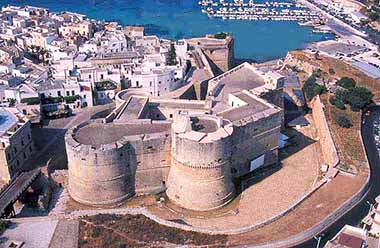


By comparing Jean-Jacques Rousseau's more conservative Emile, published only two years prior to The Castle of Otranto, and Mary Wollstonecraft's more modern feminist suggestion, A Vindication of the Rights of Woman, published nearly thirty years later, it becomes immediately apparent that Walpole's Hippolita justifies Wollstonecraft's future assertions. She cannot be truly moral if she is unable to use common sense and recognize that facilitating the sinful behavior of her husband is accessory to these immoral intentions. Hippolita cannot be loyal to her children if she enables the selfish villainy of her husband Manfred in the name of wifely obedience. Hippolita is a complex character that is used to make a statement that the duties of the wife should not supersede independent reason that informs the role of the mother and of leading a virtuous life.

However, if readers look through a new historicism lens, they will realize that Hippolita is no flat character, but serves a greater purpose to touch on philosophical implications on wifely duties in the 1700s. With a superficial reading of her character, she appears to fit into no canonized archetype, and serve no over-arching purpose.

Several of Walpole's characters fill these roles, with the exception of Hippolita, who is largely un-discussed and dismissed in modern literary analysis. Many of the stereotypical archetypes of the Gothic were present even in this initial work, such as the incestuous and obsessive villain, the ineffectual but chivalrous hero, and the virtuous heroine. Horace Walpole's The Castle of Otranto has been heralded as the first Gothic novel, and due to this recognition the novel can be examined as a text that set future norms within the Gothic genre.


 0 kommentar(er)
0 kommentar(er)
